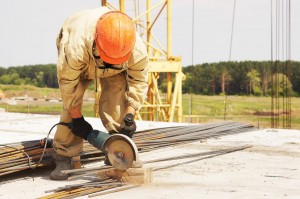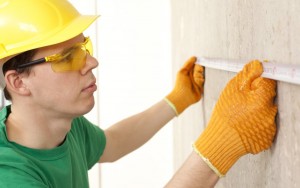Hand injuries are extremely common on the job, no matter where you work, up to the point where nearly 80% of most common occupational injuries are hand injuries. There are hardly any jobs that don’t really use our hands in the process, so we need to take great care to avoid any accidents with our hands. There is much that can be done to avoid such issues, but for the most part common sense should be involved before you make any decisions. The following tips will give you more information you can count on to make a difference and protect your hands:
• Wearing gloves
This is the first line of defense against blisters, scrapes, burns, cuts and splinters you will have on the job, so look for several good pairs of work gloves you can count on to get you through your tasks without fail. Make sure you’ve chosen the right gloves and that they fit comfortably against your hands, allowing you to work with ease. You would do well to wear some chemical resistant gloves when you’re working with acids or caustics. There is no way to avoid things without proper protection, so never underestimate its importance. Always keep the insides of your gloves nice and clean, as any contaminants inside will only negate their protection. Make sure you replace your gloves as soon as you see any damage to their material. Always remember to use gloves when you’re using knives and box cutters and you need to do fine work with them and cut away from your body as you work.
• Working with machines
Always stay vigilant so you can avoid the terrible danger posed by machines with exposed moving parts. You need to make sure you use the proper controls built into the machine to stay safe, especially when it comes to machine guards and the tool rests used. Under no circumstances should you try to reach inside the machine while it is powered and unless you possess the necessary technical expertise and credentials to do so. You would also do well to keep all watches, rings and bracelets off your person to ensure they will not get in the way while you work. If there are any shavings you need to get out of the way when cleaning, never use your hands to do so but use a brush or a scraper to do it so you will not get hurt while cleaning.
• Staying vigilant
Always keep an eye on what you’re doing and make simple and smart choices so you can avoid any injuries while working on the job. Know all your potential sources of hazards and stay vigilant. Inspect your protective equipment and gloves as well as your hands after you’re done working if you’re handling dangerous chemicals. Never allow carelessness to become a danger to your safety. You would do well to keep your eyes open when you clean your machines and workplace as well, as sometimes periodic cleaning may need to be completed by a professional cleaning company trained in dealing with hazardous chemicals and similar problems.
Check our website for more helpful tips







